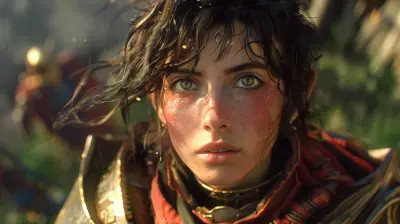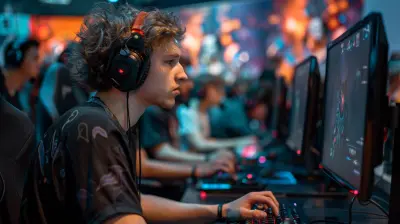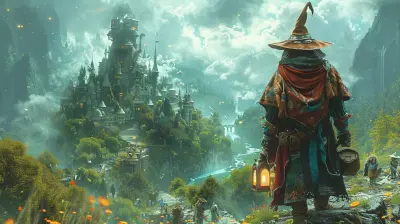Indie Games with Breathtaking Visual Storytelling
13 October 2025
Indie games have truly carved out their own vibrant corner in the gaming world. Some might not boast AAA budgets, but where they absolutely shine is in visual storytelling. You know—the kind of storytelling that doesn’t just rely on dialogue or text dumps but uses every pixel, shadow, and movement to speak volumes. Let’s be honest, some of the most emotionally moving and visually stunning experiences don’t come from the big names; they come from passionate developers pouring heart and soul into every frame.
If you're into games that show rather than tell, that paint emotions across the screen instead of spelling them out, stick around. These indie gems will blow your mind with how they turn visuals into a full-blown narrative experience.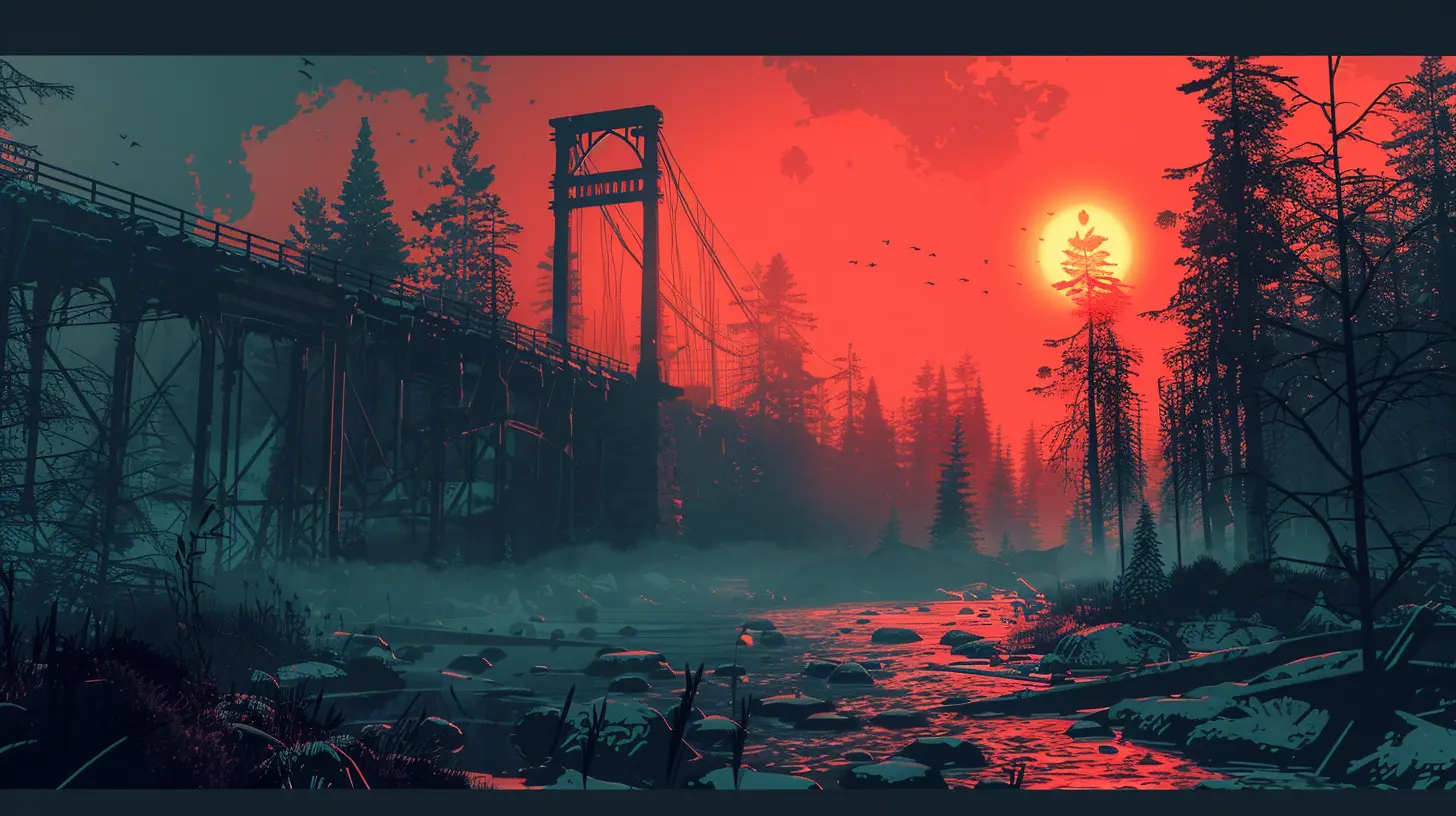
What Is Visual Storytelling in Games, Anyway?
Before we get into the nitty-gritty, let’s clear up what we mean by “visual storytelling.” It’s not just about good graphics. It's about how a game uses visuals—color palettes, art style, character animations, environmental design—to tell a story without leaning heavily on dialogue or lengthy narration. Think of it as the gaming equivalent of “show, don’t tell.”You’ll feel the weight of loss in a crumbling landscape, sense joy through vibrant colors, or understand a character’s struggle just from the way they move. It’s subtle. It’s powerful. And when done right, it sticks with you long after the credits roll.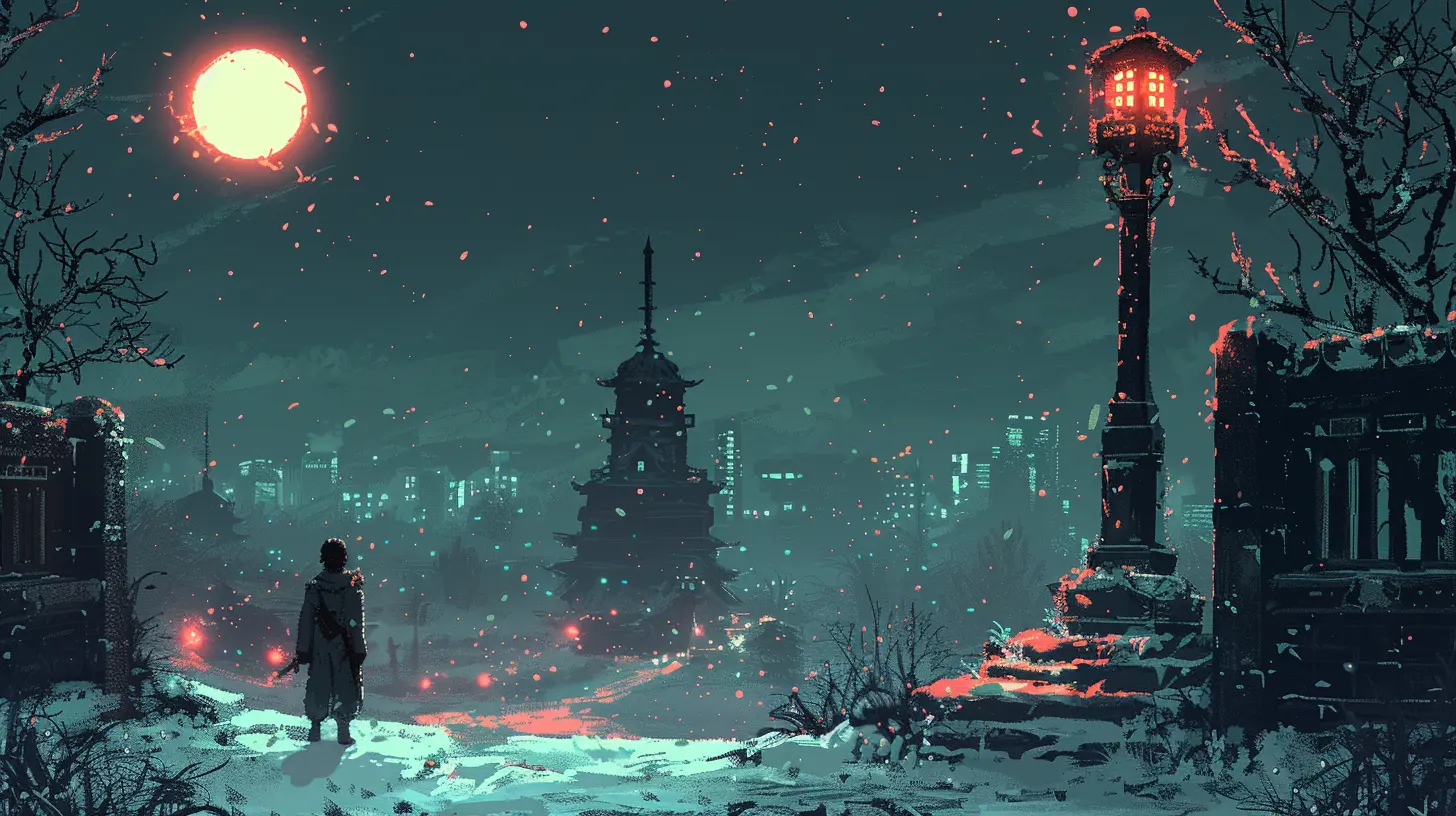
Why Indie Studios Excel at Visual Storytelling
So, why are indie developers so good at this? Well, freedom. Without publishers breathing down their necks, they get to experiment. There’s less red tape, fewer rules, and more room to be weird—in the best way.Indie games often come from small teams or even solo developers. These creators usually have a clear, personal vision. They don’t need to aim for mass-market appeal. Instead, they can focus on emotional depth, unique aesthetics, and immersive worlds that tell a story on sight alone.
And let’s not forget—limitations breed creativity. With fewer resources, indie devs get crafty. They do more with less, and often that “less” ends up being way more impactful.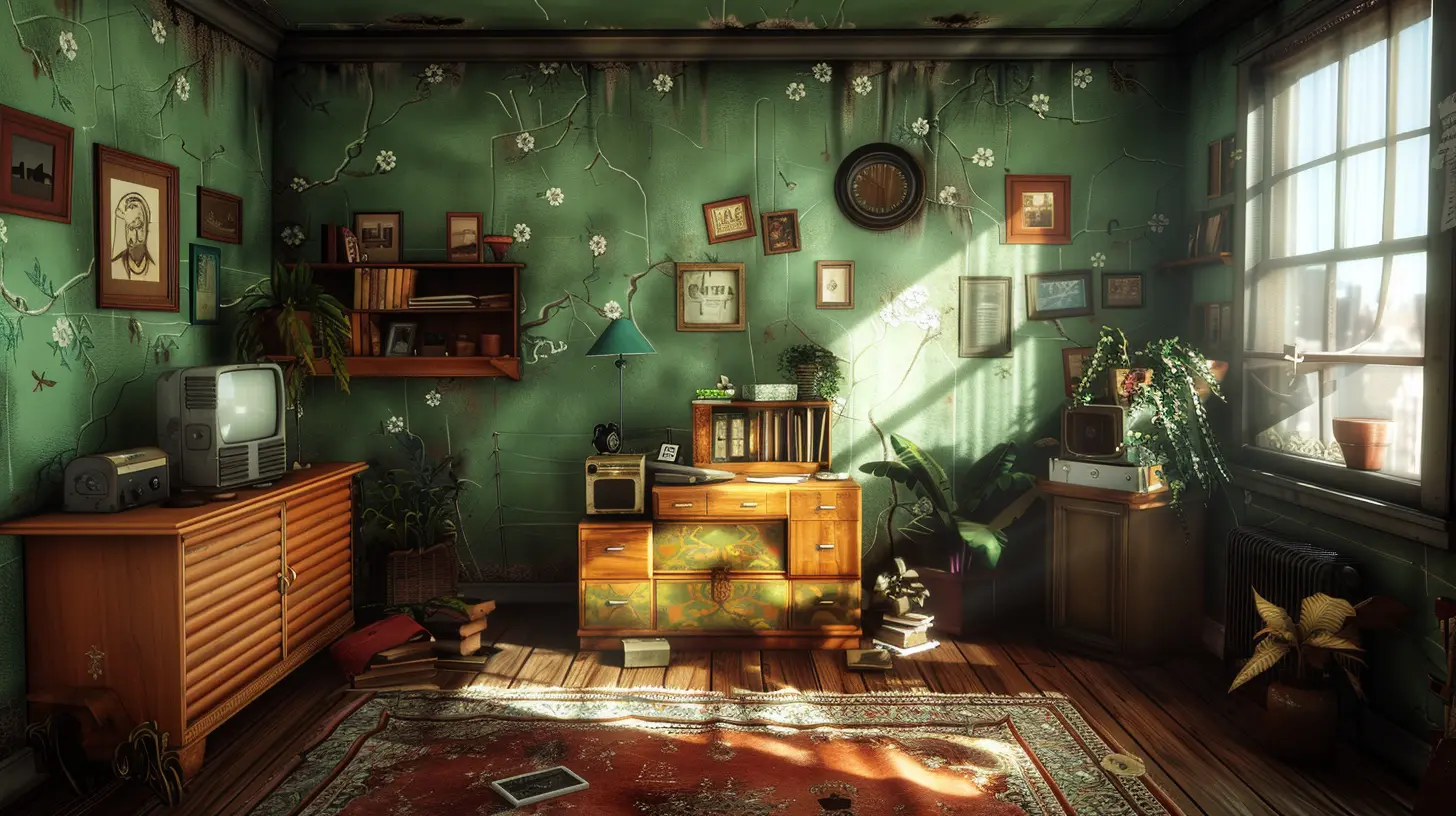
Top Indie Games with Breathtaking Visual Storytelling
Let’s dive into some standout indie titles that don’t just look amazing but use their visuals to weave unforgettable stories.1. Gris
If you’ve played Gris, you already know where this one is going.Gris is a dreamlike platformer that centers on a young woman dealing with overwhelming sorrow. There’s no dialogue. No text-heavy cutscenes. Yet from the very first moment, you feel everything.
The game uses color as a narrative tool. As you progress, colors return to the world, symbolizing emotional stages—denial, anger, bargaining, depression, and acceptance. It’s like watching a painting come to life while walking through someone’s journey of healing.
Gris doesn’t yell its story at you. It whispers it through crumbling ruins, flowing scarves, and delicate animations. And honestly? It hits harder because of it.
2. Journey
Okay, technically Journey toes the line between indie and mainstream, but we’re including it because it’s just that phenomenal.In Journey, you play a robed figure traveling toward a glowing mountain. That’s it. No names, no voices, no instructions. Yet, every dune you slide down and every gust of wind you fight against adds to the emotional weight.
The game pairs loneliness and connection seamlessly. When another player randomly joins your world, there’s no chatting. Just chirps and subtle movement. Yet, you form a bond. And when it’s time to part ways? Yeah—you’ll feel it.
3. Inside
From the creators of Limbo, Inside is a masterclass in bleak visual storytelling. This one’s dark, haunting, and oddly beautiful.You control a nameless boy in a dystopian world. Everything is gray and lifeless, yet the attention to detail is insane. The background is filled with eerie happenings, and the animations are so smooth they feel unsettling.
Again, no words are spoken. But each puzzle, each chase, and each twisted “what-did-I-just-see” moment builds a story of control, freedom, and possibly—cloning? It’s ambiguous, and that’s the beauty of it. Inside trusts you to piece things together on your own.
4. A Short Hike
Now for something lighter.A Short Hike doesn't hit you with raw emotional trauma, but it tells a charming, heartfelt story through its visuals and interactions. You play as Claire, a bird trying to get cell reception high on a mountain.
It’s bright, it's relaxing, and its pixel art visuals communicate personality in every flap and glide. The world feels cozy and lived-in, full of quirky characters and mini-stories. The colors change with elevation, weather, and time of day—each adding subtle narrative vibes.
It’s about the journey, not the destination. And visually? It’s a joy to be part of it.
5. Ori and the Blind Forest
This game is pure visual poetry. From its glowing environments to its fluid animations, Ori and the Blind Forest is as much a feast for the eyes as it is for the soul.You play as Ori, a guardian spirit navigating a visually rich forest full of life, loss, and rebirth. The story, while told through minimal narration, is deeply emotional. But it’s the art that really does the heavy lifting.
Each area you explore—lush groves, fiery caverns, watery depths—is distinct, both thematically and emotionally. It’s almost like flipping through a nature documentary hand-drawn by Studio Ghibli.
6. The Red Strings Club
This one's a bit different. The Red Strings Club doesn’t rely on flashy visuals in the traditional sense. Instead, it uses its cyberpunk aesthetic as narrative scaffolding.Set in a neon-lit future, the game deals with identity, ethics, and corporate manipulation. You play as a bartender-turned-hacker, and much of the game involves mixing drinks to pull emotions from characters.
The pixel art isn’t just a style—it’s part of the story. It creates a mood, a noir-ish tone that makes the weighty themes sit heavier. The visual design amplifies the ideas being explored. A slow burn, but oh-so rewarding.
7. Kentucky Route Zero
Think of this one as a playable David Lynch fever dream.Kentucky Route Zero is a magical realist adventure packed with surreal visuals. It uses minimalist, stage-like scenes with deliberate camera angles and lighting to mimic a theatrical experience. Each chapter feels like an act in a play, complete with haunting, poetic backdrops.
The visual tone shifts depending on your choices, and while it contains lots of dialogue, the way the visuals evolve around conversations and decisions is storytelling magic.
It’s less “game” and more “interactive storybook for grownups.” But if you’re into visual metaphors and philosophical vibes, this one’s a must-play.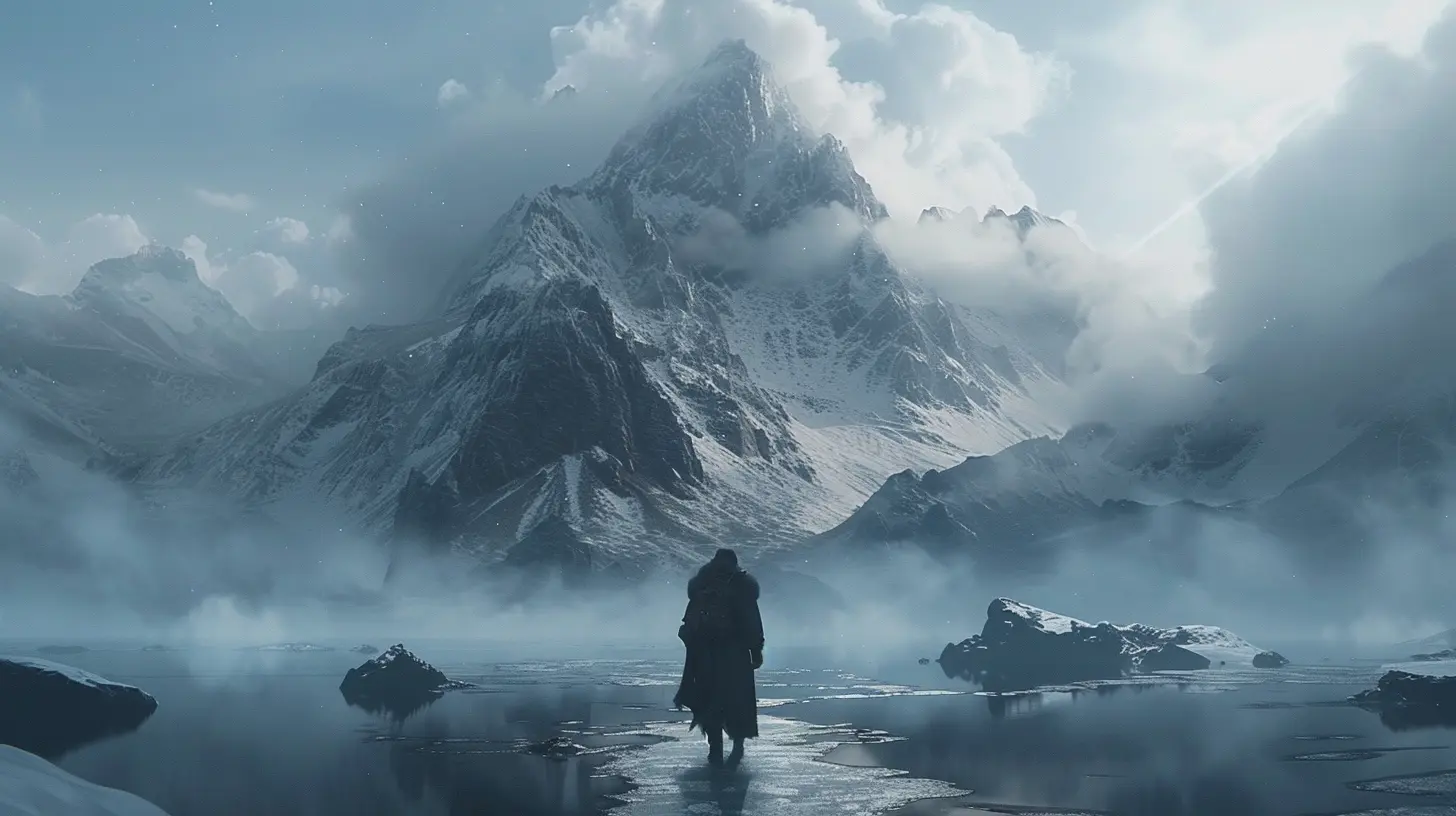
How Indie Visual Storytelling Impacts Players
What makes visual storytelling so powerful in these indie games is how personal it feels. Instead of shoving plot points down your throat, these games let you interpret and feel your way through their world.Visual storytelling invites you in. It makes you an active participant. You’re not just watching a movie—you’re living the story, frame by frame.
And here's the kicker: you remember it. Maybe not every puzzle or level, but the emotions? The visuals? Those stay with you. Like how Gris uses color to mirror grief. Or how Journey makes a silent companionship feel more profound than an epic cutscene.
The Future of Indie Visual Storytelling
The future looks bright—and weird, and beautiful.As tools become more accessible (hello, Unity and Unreal Engine), more indie devs can bring their unique visions to life. We’re seeing a surge in stylized graphics, minimalist design, and experimental mechanics that put visuals front and center.
Games like “Sable” and “Norco” are already leading the charge with stunning direction and bold storytelling styles. We're heading toward a future where indie games will keep pushing the boundary of what it means to see a story unfold.
How to Support These Creators
Let’s face it, indie developers don’t always get the spotlight they deserve. Want to help keep these visual masterpieces coming?- Buy the game directly from their website or trusted platforms like Steam or Itch.io.
- Leave a review. Even a short one helps.
- Share on social media. Word-of-mouth does wonders.
- Support Patreon or Kickstarter projects when you can.
Every shoutout, download, and dollar makes a difference.
Final Thoughts
Indie games with breathtaking visual storytelling don’t just entertain—they transcend. They show us that games aren’t just about high scores or explosions (though those are fun too). They’re about connection, emotion, and expression.So next time you’re looking to get lost in a game, try one of these indie gems. Let your eyes and heart do the listening—you might just find a story that says more with a single image than some games do in hours of dialogue.
Happy gaming!
all images in this post were generated using AI tools
Category:
Indie GamesAuthor:

Luke Baker
Discussion
rate this article
1 comments
Micah Duffy
This article dives deep into the mesmerizing world of indie games! I'm curious—what unique storytelling techniques do these games use to evoke emotion? Can't wait to discover how visual elements intertwine with narratives to create unforgettable experiences. Any hidden gems we shouldn’t miss?
October 23, 2025 at 4:20 AM

Luke Baker
Thank you for your enthusiasm! Indie games often use techniques like environmental storytelling, non-linear narratives, and character-driven plots to evoke emotion. Hidden gems to check out include "Journey," "Celeste," and "Gris," each offering unique visual and narrative experiences!
